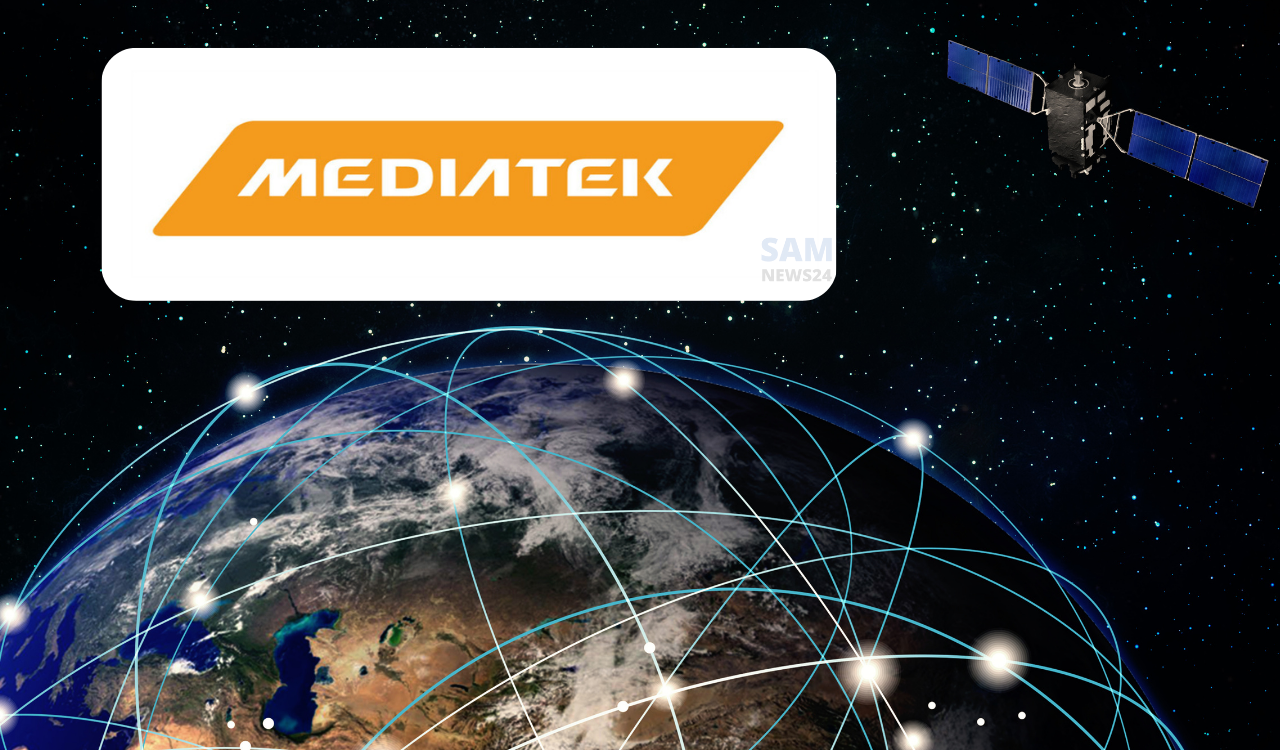The satellite connectivity feature on the smartphone helps in emergencies situation. For this service to work, users must be in out in the open to catch the satellite signals. Joining the modern era, several tech companies have integrated this feature on its latest platforms. Recently, Qualcomm announced the “Snapdragon Satellite” for smartphones in January, and Samsung debuting its take on the tech for Exynos chips. Now, MediaTek joined the race of satellite connectivity.
At MWC 2023, MediaTek is announcing support for 3GPP Non-Terrestrial Network (NTN) in its chips and the company also announcing that it will launch support for 5G New Radio NTN (NR-NTN) in the future.
Satellite networks aim to fill gaps in mobile coverage, offering a reliable way for devices to communicate in remote locations. With satellite-enabled smartphones, consumers can stay in touch when they are hiking, driving in secluded areas, on a boat, or in other situations where there has traditionally been no connectivity; this will not only provide users with peace of mind, but also enable them to request assistance in emergency situations. Today the biggest market opportunity for 3GPP NTN technology is smartphones, although there is a growing demand for satellite connectivity in IoT applications such as agriculture, forestry, and logistics. The automotive industry will also be a major market for satellite communications technology in the coming years.
Just like Qualcomm and Samsung, MediaTek will also allow for two-way messaging via satellite to use in emergency situations. The company also confirmed that Bullitt will be the first to launch satellite connectivity based on MediaTek hardware, starting with the CAT S75 smartphone as well as the Motorola Defy 2 smartphone.
